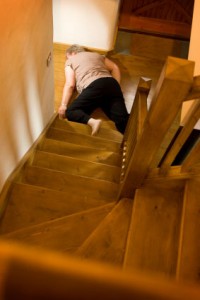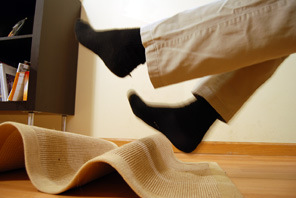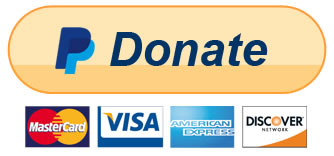 It is time we have a talk about four letter words being used way too often in British Columbian homes and workplaces. A slip, trip or fall generally refers to a situation involving a dangerous condition or circumstance. They are extremely common, and can happen in a variety of locations, including workplaces, grocery stores, restaurants and shopping malls, entertainment events, and on exterior walkways, stairways and sidewalks.
It is time we have a talk about four letter words being used way too often in British Columbian homes and workplaces. A slip, trip or fall generally refers to a situation involving a dangerous condition or circumstance. They are extremely common, and can happen in a variety of locations, including workplaces, grocery stores, restaurants and shopping malls, entertainment events, and on exterior walkways, stairways and sidewalks.
Falls are a major cause of brain injury,
and the number one location for falls is the home.
With the onset of winter weather, the potential for injuries due to slips, trips and falls increases dramatically. Taking precautions seems to be just using common sense, but common sense is not so common.
Slips, trips and falls are enormously expensive to the taxpayers. When combined, they cost Canadian taxpayers well over 15 billion dollars per year in direct costs, and many more in follow-up treatments and rehabilitative measures. These preventable accidents result in needless bruises and abrasions, broken limbs, cracked ribs, serious back and head injuries, and sometimes even death.
Slips, trips and falls also take a tremendous toll on industry. There are approximately 60,000 Canadian workers who are injured by slips, trips or falls in the workplace every year. And, while the image of a falling worker is generally someone tumbling from some type of elevation, the truth is that most slips, trips and falls occur on the same level.
 In fact, “same level falls” (including slips and trips) account for 65 percent of all fall-related injuries, and about 20 per cent of all workplace injuries. Age can also play a factor in injury rates and severity. And, while young workers are known to have more injuries in the workplace, when older workers are injured, it tends to be more serious.
In fact, “same level falls” (including slips and trips) account for 65 percent of all fall-related injuries, and about 20 per cent of all workplace injuries. Age can also play a factor in injury rates and severity. And, while young workers are known to have more injuries in the workplace, when older workers are injured, it tends to be more serious.
For instance, women between 55 and 64 are three times more likely to experience a severe fall than women 15 to 24 years old, with women working in health care statistically three to four times more likely to incur a serious injury as men in the same industry. The average work time lost due to an injury is six weeks, which is a significant loss of help and increased cost of doing business to any workplace. Loss of work becomes unimportant, however, when compared to the tragic changes in lives, and deaths.
Education to understand how slips, trips and falls happen, the identification of trouble areas, and the removal/minimizing of hazards is a must for any home, public facility and workplace. In addition to the expense of slips, trips and falls to taxpayers, injuries from accidents occurring on either private or public property, may entitle the injured party to compensation under the occupiers’ liability insurance.
Prevent Slips, Trips and Falls
- Schedule frequent hazard assessments/inspections
- Insure that all areas are well lit and unobstructed
- Prevent spills, and clean them up immediately when they occur
- Use non-slip strips or surfaces on stairs
- Use non-slip floor mats
- Use non-slip floor surface materials
- Use non-slip floor surface treatments
- Use proper non-slip footwear
Be Aware of Potential Dangerous Spots and Conditions
- Wet floors in kitchens and bathrooms
- Freshly washed/mopped floors
- Transition areas (doors, ramps, etc.)
- Unexpected changes in environment (rain or snow for instance)
- Distractions/poor visibility
- Contaminants such as oils and grease
- Poor lighting and temperature changes
- Boxes, loose electrical cords and other clutter in walkways
- Carrying more than you can safely handle
- Unable to see where you are going when carrying large items.
- Using a chair or crate to reach high items instead of a stepladder
In summation, slips, trips and falls are all preventable and have never been as easy to avoid as they are today. So, on your way to and from work, pack a few cans of safety along. They are now available in four awesome sizes that are perfect for almost any application – ‘They’ can, ‘You’ can, ‘We’ can and ‘I’ can.

